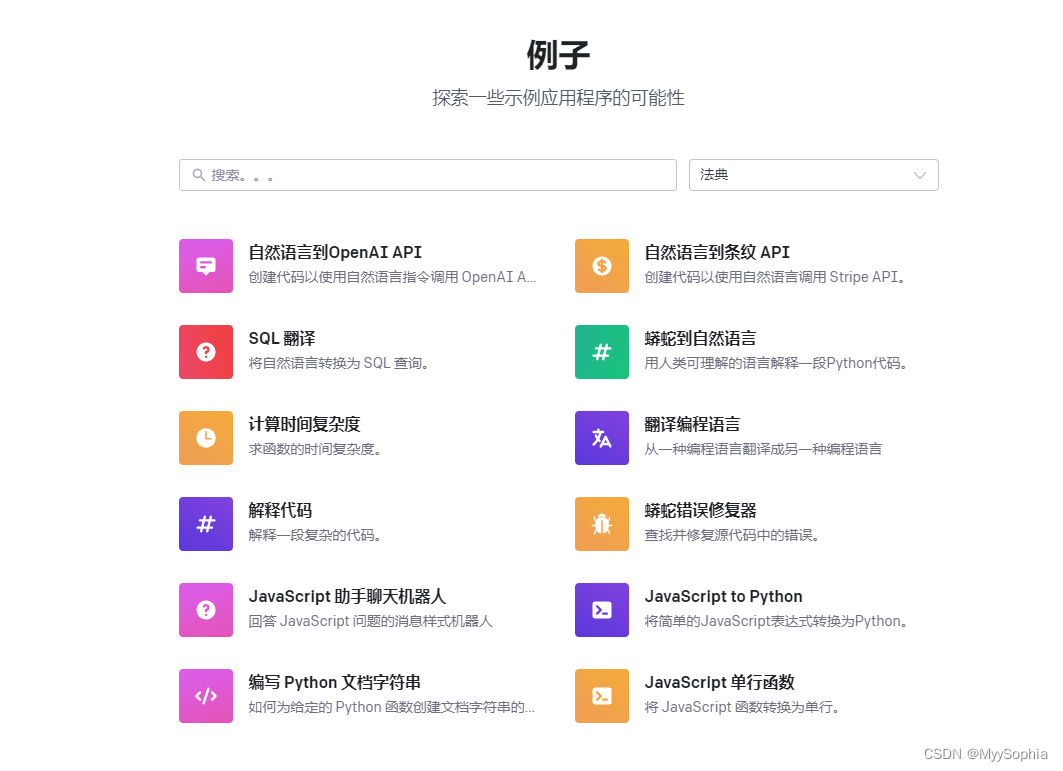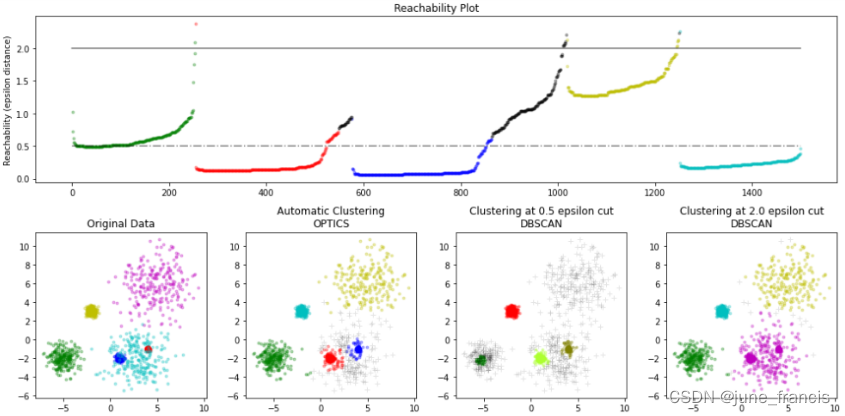一、前言
通常情况下,我们在利用Nagios监控来做服务器监控时,告警是必不可少的,以便于运维人员能够及时发现异常,进而处理问题,所以关联Nagios就变得极为重要。
Nagios关联告警的形式很多,可以进行短信推送,钉钉推送,飞书推送等。
Nagios关联钉钉推送的之前有介绍过,可以参考我的这篇文章:
Nagios关联钉钉实现消息告警
二、实现步骤
今天这里就介绍下Nagios关联飞书进行告警:
1、首先必须有飞书群来进行通知
在飞书群中添加自定义机器人进群。如下所示:

2、复制对应的webhook地址,用请求的方式往这个地址发送告警信息
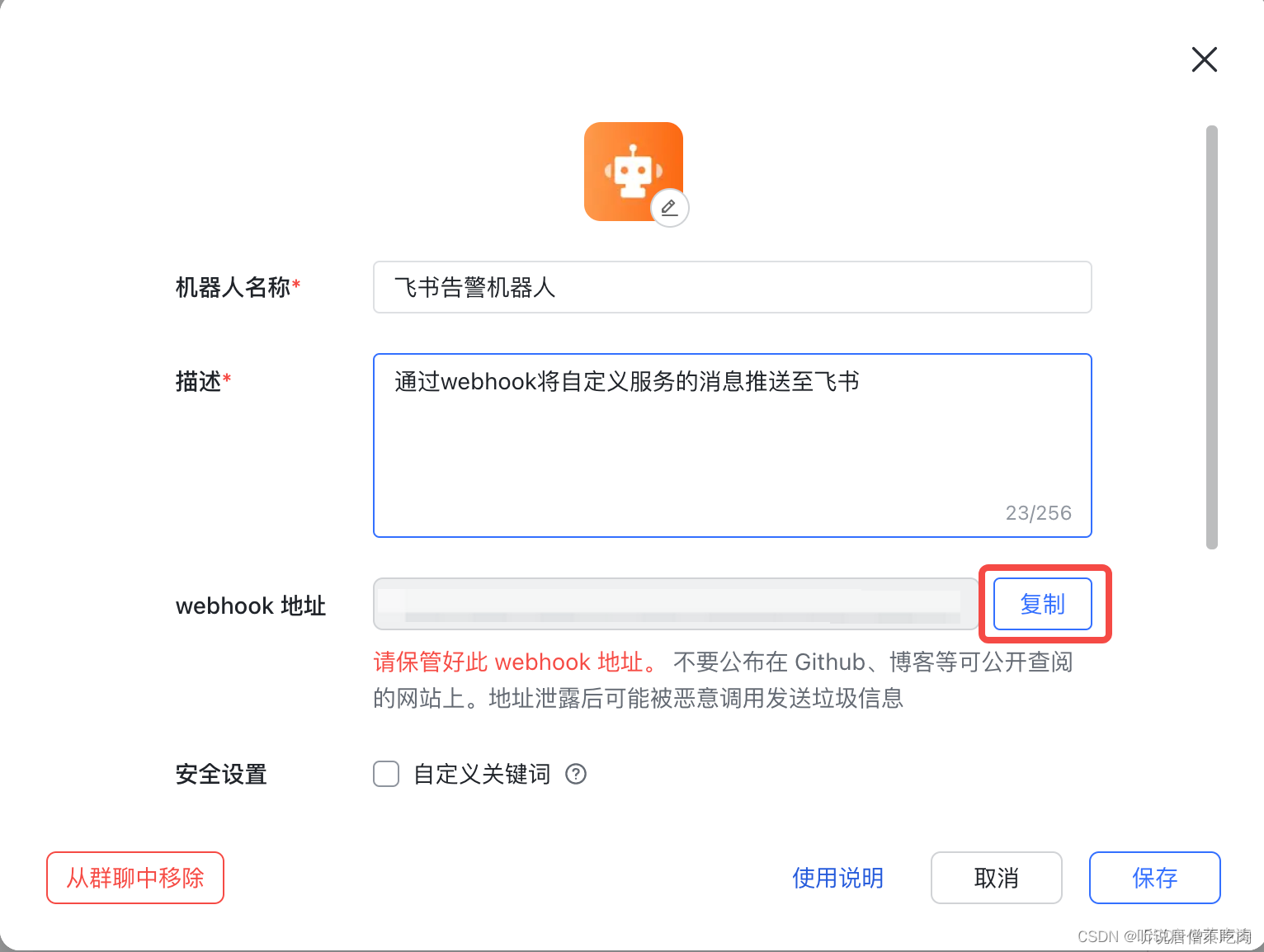
3、基于代码与Nagios服务进行关联
这里采用Python实现功能
import requests
import json
'''
警告类型: $NOTIFICATIONTYPE$
服务名称: $SERVICEDESC$
主机名: $HOSTALIAS$
IP地址: $HOSTADDRESS$
服务状态: $SERVICESTATE$
时间: $LONGDATETIME$
日志: $SERVICEOUTPUT$
'''
# 获取系统变量
warning_type=str(sys.argv[1])
service_name=str(sys.argv[2])
host_name=str(sys.argv[3])
host_IP=str(sys.argv[4])
service_state=str(sys.argv[5])
warning_time=str(sys.argv[6])
warning_log=str(sys.argv[7])
class FeishuAlert():
def __init__(self):
self.webhook="替换成个人的飞书群webhook地址,即可运行"
self.headers={'Content-Type': 'application/json'}
def post_to_robot(self):
# webhook:飞书群地址url
webhook=self.webhook
# headers: 请求头
headers=self.headers
# alert_headers: 告警消息标题
alert_headers="飞书告警"
# alert_content: 告警消息内容,用户可根据自身业务内容,定义告警内容
alert_content="** Nagios警报 **\n\n警告类型: {}\n服务名称: {}\n主机名: {}\nIP地址: {}\n服务状态: {}\n时间: {}\n日志:\n{}".format( warning_type,service_name,host_name,host_IP,service_state,warning_time,warning_log)
# message_body: 请求信息主体
message_body={
"msg_type": "interactive",
"card": {
"config": {
"wide_screen_mode": True
},
"elements": [
{
"tag": "div",
"text": {
"content":alert_content,
"tag": "lark_md"
}
}
],
"header": {
"template": "red",
"title": {
"content":alert_headers,
"tag": "plain_text"
}
}
}}
response = requests.request("POST", webhook, headers=headers, data=json.dumps(message_body),verify=False)
print(response)
if __name__ == '__main__':
alert=FeishuAlert()
alert.post_to_robot()
'''
"msg_type"参数说明: 飞书告警目前只支持类型4个参数
post 富文本
image 图片
share_chat 分享群名片
interactive 消息卡片
"template"参数说明: 主体颜色
'''
4、定义nagios配置文件 command.cfg
在这里进行定义server端的command definition
这里采用的是基于python来执行对应的脚本 实现告警功能触发
# 'nagios_feishu' service command definition
define command{
command_name notify-service-by-feishu
command_line /opt/ActivePython-2.7/bin/python /opt/nagios/nagios/libexec/nagios_feitalk.py "$NOTIFICATIONTYPE$" "$SERVICEDESC$" "$HOSTALIAS$" "$HOSTADDRESS$" "$SERVICESTATE$" "$LONGDATETIME$" "$SERVICEOUTPUT$"
}
# 'nagios_feishu' host command definition
define command{
command_name notify-host-by-feishu
command_line /opt/ActivePython-2.7/bin/python /opt/nagios/nagios/libexec/nagios_feitalk.py "$NOTIFICATIONTYPE$" "$SERVICEDESC$" "$HOSTALIAS$" "$HOSTADDRESS$" "$SERVICESTATE$" "$LONGDATETIME$" "$SERVICEOUTPUT$"
}
5、接下来也是最重要的,告警推送定义联系人以及组 , contact.cfg
用来定义Nagios 推送的用户以及用户组 ,并且进行定义server端在进行推送时的notification commands,
如下:
define contact{
contact_name show_sbml
use generic-contact
alias Nagios Admin
host_notifications_enabled 1
service_notifications_enabled 1
service_notification_period worktime
host_notification_period worktime
service_notification_options u,c,r
host_notification_options d,u,r
service_notification_commands notify-service-by-email,notify-service-by-feishu
host_notification_commands notify-host-by-email
email 27f42b1aa9e5db256cebd5998d4f47b01f0d1234de23ca5ee7ae671f106d27b2
can_submit_commands 1
}
define contactgroup{
contactgroup_name feishu
alias Nagios Administrators
members show_sbml,admins
}
6、定义nagios通知时区,timeperiods.cfg
为了保证时区准确,以及告警时间的时效性,这里时区的定义也是至于重要的。
###############################################################################
# TIMEPERIODS.CFG - SAMPLE TIMEPERIOD DEFINITIONS
#
# Last Modified: 05-31-2007
#
# NOTES: This config file provides you with some example timeperiod definitions
# that you can reference in host, service, contact, and dependency
# definitions.
#
# You don't need to keep timeperiods in a separate file from your other
# object definitions. This has been done just to make things easier to
# understand.
#
###############################################################################
###############################################################################
###############################################################################
#
# TIME PERIODS
#
###############################################################################
###############################################################################
# This defines a timeperiod where all times are valid for checks,
# notifications, etc. The classic "24x7" support nightmare. :-)
define timeperiod{
timeperiod_name 24x7
alias 24 Hours A Day, 7 Days A Week
sunday 00:00-24:00
monday 00:00-24:00
tuesday 00:00-24:00
wednesday 00:00-24:00
thursday 00:00-24:00
friday 00:00-24:00
#saturday 09:30-24:00
saturday 00:00-24:00
}
define timeperiod{
timeperiod_name everyday_morning
alias everyday_morning
sunday 08:00-09:00
monday 08:00-09:00
tuesday 08:00-09:00
wednesday 08:00-09:00
thursday 08:00-09:00
friday 08:00-09:00
saturday 08:00-09:00
}
define timeperiod{
timeperiod_name everyday_Work
alias everyday_Work
sunday 09:00-18:00
monday 09:00-18:00
tuesday 09:00-18:00
wednesday 09:00-18:00
thursday 09:00-18:00
friday 09:00-18:00
saturday 09:00-18:00
}
# 'workhours' timeperiod definition
define timeperiod{
timeperiod_name workhours
alias Normal Work Hours
monday 09:00-17:00
tuesday 09:00-17:00
wednesday 09:00-17:00
thursday 09:00-17:00
friday 09:00-17:00
}
# 'none' timeperiod definition
define timeperiod{
timeperiod_name none
alias No Time Is A Good Time
}
# Some U.S. holidays
# Note: The timeranges for each holiday are meant to *exclude* the holidays from being
# treated as a valid time for notifications, etc. You probably don't want your pager
# going off on New Year's. Although you're employer might... :-)
define timeperiod{
name us-holidays
timeperiod_name us-holidays
alias U.S. Holidays
january 1 00:00-00:00 ; New Years
monday -1 may 00:00-00:00 ; Memorial Day (last Monday in May)
july 4 00:00-00:00 ; Independence Day
monday 1 september 00:00-00:00 ; Labor Day (first Monday in September)
thursday -1 november 00:00-00:00 ; Thanksgiving (last Thursday in November)
december 25 00:00-00:00 ; Christmas
}
# This defines a modified "24x7" timeperiod that covers every day of the
# year, except for U.S. holidays (defined in the timeperiod above).
define timeperiod{
timeperiod_name 24x7_sans_holidays
alias 24x7 Sans Holidays
use us-holidays ; Get holiday exceptions from other timeperiod
sunday 00:00-24:00
monday 00:00-24:00
tuesday 00:00-24:00
wednesday 00:00-24:00
thursday 00:00-24:00
friday 00:00-24:00
saturday 00:00-24:00
}
define timeperiod{
timeperiod_name worktime
alias networkTime
sunday 06:00-23:59
monday 06:00-23:59
tuesday 06:00-23:59
wednesday 06:00-23:59
thursday 06:00-23:59
friday 06:00-23:59
saturday 06:00-23:59
}
#Check_put_file_path_log
define timeperiod{
timeperiod_name uploadfiletime
alias uploadfiletime
monday 00:00-24:00
tuesday 00:00-24:00
wednesday 00:00-24:00
thursday 00:00-24:00
friday 00:00-24:00
saturday 00:00-24:00
}
7、定义完成之后需要重启服务,即可生效
8、测试推送结果
手动执行之前定义的脚本,触发功能,观察飞书群中是否有对应的信息生成即可~。
/opt/ActivePython-2.7/bin/python /home/steve/feishu_monitor.py "$NOTIFICATIONTYPE$" "$SERVICEDESC$" "$HOSTALIAS$" "$HOSTADDRESS$" "$SERVICESTATE$" "$LONGDATETIME$" "$SERVICEOUTPUT$"
ok over ~~

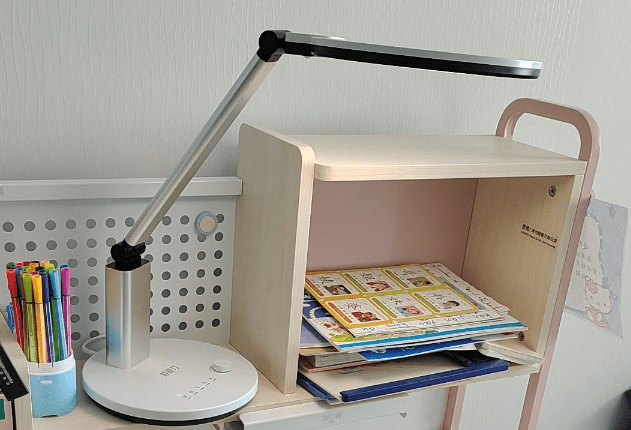
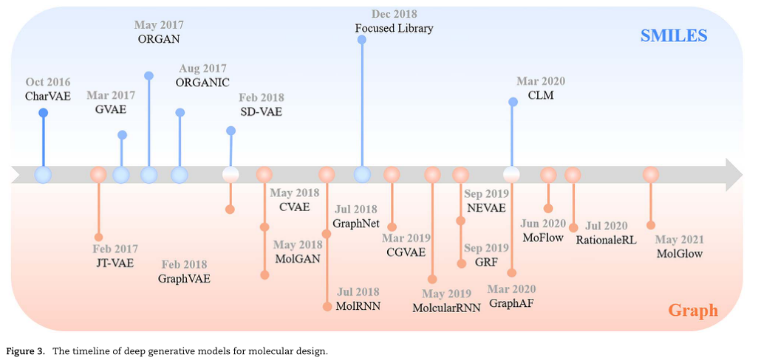

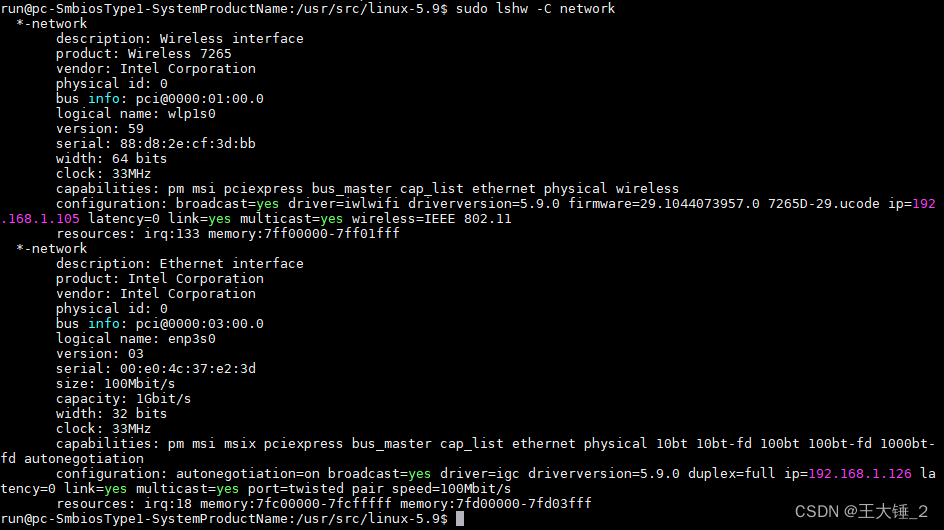
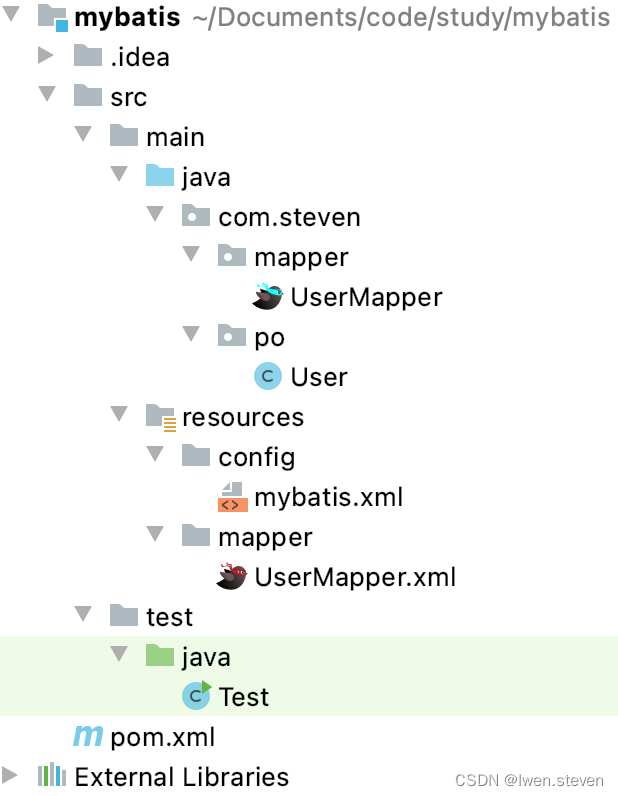
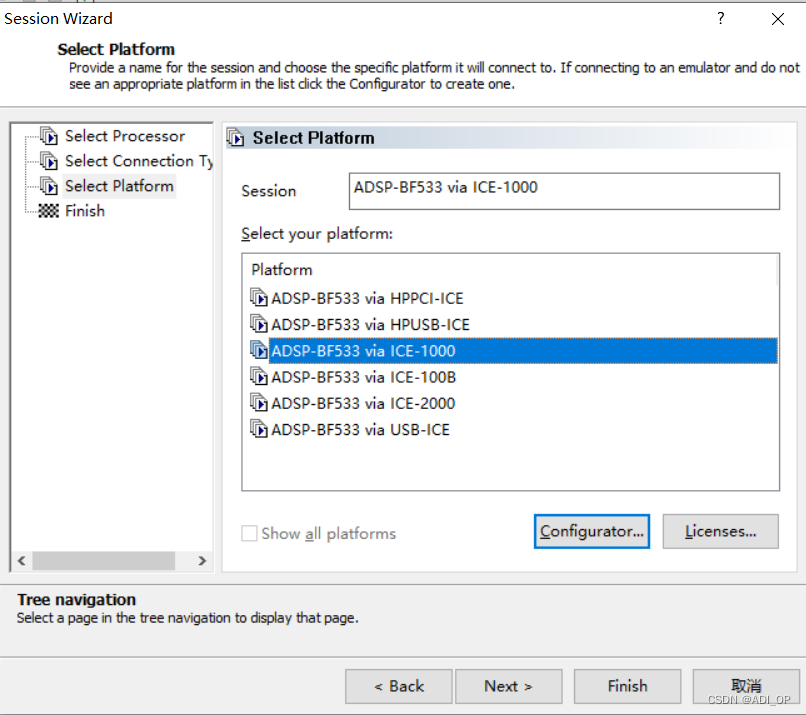
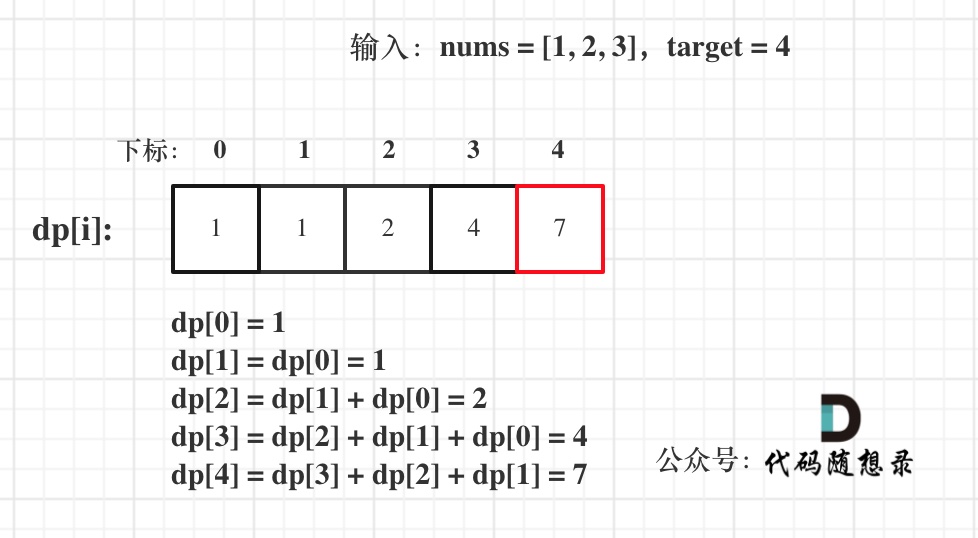

![[附源码]JAVA毕业设计同学录网站(系统+LW)](https://img-blog.csdnimg.cn/67e16762aec247308de0dc570c235d09.png)

![[ MySQL ] 使用Navicat进行MySQL数据库备份 / 还原(备份.nb3文件方式)](https://img-blog.csdnimg.cn/df24e9b7c2be46bb85f4c133c29cd6db.png)


